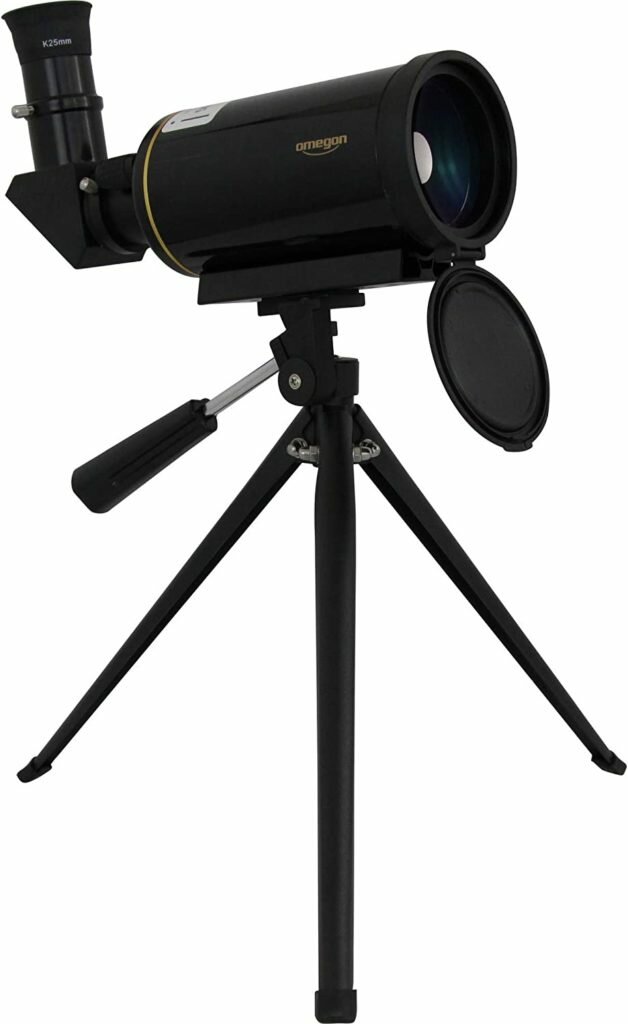What is the cost of telescope - A decent telescope for an infrequent viewer can cost around $400, while a top rated telescope for an astrophotographer can cost up to $1,500. A telescope's cost increases in direct proportion to its performance potential.
Additionally, the market offers dozens of different models. They have special features, exist in various sizes, and were created with particular uses in mind. Therefore, it might be challenging to estimate the cost of a quality telescope.
What factors affect the cost of a telescope? - What is the cost of telescope
The price of each type of telescope can vary depending on a variety of criteria. Below, we'll go over a few of the most prevalent ones.
The aperture
The diameter of a telescope's lens or primary mirror is known as the aperture. It is the area of the telescope where light beams from celestial objects are collected. Among the most crucial telescope characteristics is the aperture because it has a big impact on how well defined the image is when viewed through the eyepiece. Generally speaking, a telescope's price increases with its aperture size.
The focal length
The distance that light rays inside a telescope travel is known as its focal length (between the focuser and the aperture). Although the field of view is broader with a short focal length, the object being examined will appear smaller. Astrophotography benefits greatly from this since deep sky objects are by their very nature quite huge. A longer focal length, on the other hand, offers a narrower field of view but the object being examined will look bigger and brighter, making it ideal for seeing the moon and planets.
The optical design
Each type of telescope employs a unique set of optical elements that control how light is transmitted from its aperture to its eyepiece. Lens-based telescopes often cost more than mirror-based ones.
The accessories
A premium focuser or good eyepieces might be pricey. The quality of the included accessories can have a significant impact on the entire cost of your telescope kit.
The materials used to manufacture the telescope
Due to the fact that they are constructed of flimsy materials like plastic for the tube and aluminum for the tripod, entry-level telescopes are typically more cheap. Owning a reliable, precisely aligned telescope and telescope mount is essential for getting the most out of the night sky. You will undoubtedly have a bad time using a shaky telescope, and you might decide not to use it as frequently in the future.
The brand
The majority of telescopes that are sold on the market are actually produced by a small number of Chinese companies. Then, these telescopes are given to a small number of European and American resellers who sell them under various names, labels, and brands. Therefore, it is possible that 2 telescopes that appear to be slightly different but are marketed under several brands are actually the same Chinese-made type. Additionally, based on the brand selling it, the same telescope could be priced differently.
The shipping cost
Depending on the sort of telescope you have bought, shipping and handling costs might vary greatly, and this can significantly increase the final bill. This cost will vary based on the item's weight, size, shipping method, and degree of fragility.
Here are some affordable telescopes that we recommend:
Omegon MightyMak


A tabletop Dobsonian telescope can be a terrific alternative for novices looking for a cheap telescope that will not break the bank but yet provides those alluring initial glances of the night sky, which got the majority of us fascinated with astronomy in the first place.
The MightyMak 60 includes an eyepiece, a star diagonal, a red dot finder, and both a table-top tripod and a small Dobsonian mount. We noticed that it arrived well-collimated, making it ready to go. It is lightweight and simple to set up.
Celestron – AstroMaster LT 70AZ


The front objective lens of the LT 70AZ refractor has a diameter of 70mm, coated optics, and a focal length of 700 millimeters.
The tube itself proves to be both strong and light. It has a standard altaz fork mount, two 25mm and 10mm eyepieces, a 2x Barlow lens, and a star diagonal included.
The StarSense Explorer LT 70AZ successfully argues that a cheap telescope may provide an excellent observing experience if it is constructed with such precision.
